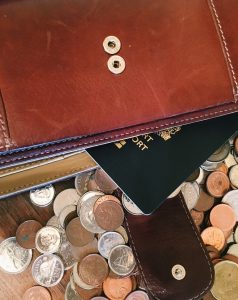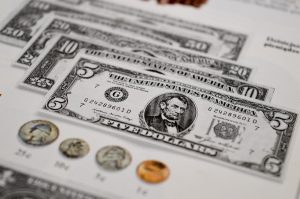Forex trading involves the buying and selling of currencies with the aim of making a profit. One of the most important concepts in forex trading is leverage, which refers to the ability to trade with borrowed capital. Standard leverage in forex refers to the amount of borrowed capital that a trader can use to open a position in the market.
Leverage is expressed as a ratio between the amount of capital a trader has in their account and the amount of capital they can use to trade. For example, if a trader has $1,000 in their account and can use a leverage of 1:100, they can trade with $100,000 ($1,000 x 100).
Standard leverage in forex varies depending on the broker and the region. In the United States, the maximum leverage allowed by law is 1:50. In Europe, the maximum leverage is 1:30, while in other parts of the world, brokers can offer leverage of up to 1:500.
The purpose of leverage is to allow traders to increase their potential profits by trading with larger positions than what their account balance would allow. However, leverage also increases the potential losses, and traders must be aware of the risks of trading with high leverage.
For example, if a trader has $1,000 in their account and opens a position with a leverage of 1:100, they can trade with $100,000. If the position moves against them by 1%, they would lose $1,000, which is their entire account balance. This is known as a margin call, which occurs when the trader’s losses exceed their account balance.
To avoid margin calls, traders must use risk management techniques such as stop-loss orders, which automatically close a position when it reaches a certain level of loss.
In addition to the risks of trading with high leverage, there are also regulatory requirements that traders must follow. For example, brokers are required to provide a risk disclosure statement to clients that explains the risks of forex trading and the potential losses that can occur with high leverage.
Traders must also ensure that they have enough capital in their account to cover the margin requirements for their positions. Margin is the amount of capital required to open and maintain a position in the market. If the margin requirements are not met, the broker will close the position, and the trader will incur a loss.
In conclusion, standard leverage in forex refers to the amount of borrowed capital that a trader can use to open a position in the market. Leverage allows traders to increase their potential profits, but it also increases the potential losses. Traders must be aware of the risks of trading with high leverage and use risk management techniques to avoid margin calls. Regulatory requirements also apply, and traders must ensure that they have enough capital in their account to cover the margin requirements for their positions.





